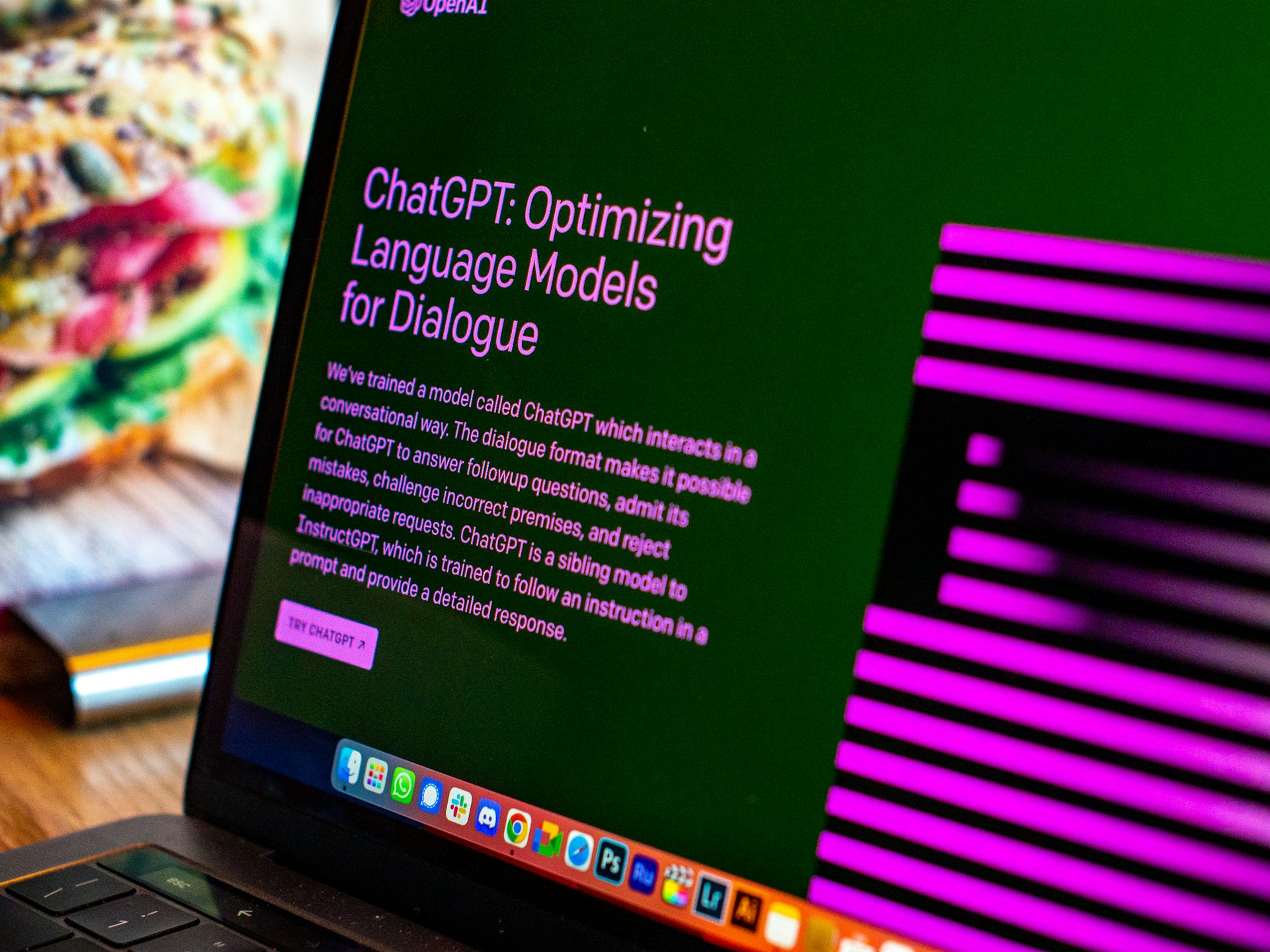Over the last twenty years, cybercrime has been a constant growing threat to individuals and businesses alike. However, its growth and scale seem to have been sped up further with the development of readily available AI software, making cyberattacks more sophisticated, frequent, and difficult to identify by users.
In fact, AI may be one of the reasons why we’ve seen a 71% increase in the number of attacks relying on valid login credentials in 2023 compared to 2022. Because it allows a faster analysis of leaked data, cybercriminals were able to scale their tactics.
With that in mind, let’s look at the recent report by the UK National Cyber Security Centre (NCSC). We’ll analyze how AI is amplifying cyber threats, and discuss the limitations of traditional security methods, before delving deeper into some robust defense strategies against AI-assisted cyber attacks.
The Evolving Threat Landscape: AI and Cybercrime
The NSCS report focused on the key ways in which AI is impacting cybercrime today.
Some of the key findings were an increased volume of attacks, an increased sophistication of attacks, and the evolution and enhancement of existing tactics.
Because AI can automate tasks and quickly analyze large amounts of data, including leaked credentials and vulnerabilities, we’ve seen an increased volume and scale of AI-assisted cyberattacks. This enables attackers to identify targets more efficiently and launch a higher volume of attacks in a shorter timeframe.
Moreover, AI contributes to an increased sophistication in attacks.
Have you ever tried using AI to write something? If yes, then I’m guessing you were surprised at how good the outcome was. Now, imagine if you were a fraudster using this at scale.
AI can be used to create highly personalized phishing emails that mimic legitimate sources with higher accuracy and attention to detail. And phishing emails are already wildly convincing.
Furthermore, social engineering tactics can be tailored to individual victims based on their online behavior and social media profiles.
AI could even be used to develop or refine malware that bypasses traditional security measures quickly. These new strains they develop will be more difficult to detect by traditional antivirus software, thereby also making the job more difficult for technology, in addition to humans.
On the one hand, AI is playing a growing role in cybercrime. On the other, we can’t forget that the human element remains crucial for cybercriminals. After all, social engineering tactics still rely on human psychology to manipulate victims.
The Challenge: Keeping Up with AI-powered Attacks
Traditional security solutions often struggle to keep pace with the evolving tactics of AI-powered attackers. Password-based authentication is a prime example.
Passwords can be easily stolen through phishing attacks or data breaches, leaving users vulnerable. On the other hand, legacy security systems often rely on signature-based detection, which can be bypassed by new and sophisticated malware.
Furthermore, traditional security approaches are often reactive. They focus on patching vulnerabilities after attacks have already occurred. This leaves a window of opportunity for attackers to exploit these vulnerabilities and cause significant damage.
Instead, we should focus on a proactive security approach so that the tech can protect humans from their own psychology.
The Solution: Proactive Security with IPification
IPification would bring about a proactive approach to your cybersecurity mechanism.
It was designed to protect against many of the biggest threats out there, including AI-powered or AI-assisted cyberattacks. Unlike traditional password-based authentication, IPification utilizes a combination of factors to verify a user’s identity. This multi-layered approach makes it significantly more difficult for attackers to bypass security measures.
IPification generates a unique Mobile ID key for each user, comprised of their device, SIM card, and network data. It can be used on its own or as a part of a multi-factor authentication system.
Most importantly, it helps minimize risks from the above-mentioned attacks because of some of our favorite features.
– IPification is phishing-resistant. By eliminating reliance on passwords or OTPs, IPification renders phishing attempts ineffective.
– It offers a frictionless user experience. IPification streamlines the authentication process with a single click, enhancing user experience without compromising security. We believe you should have both!
– It’s bank-grade security. IPification employs robust security measures to verify user identity without creating a cumbersome login process.
As usual, I’d recommend that you implement IPification as part of a comprehensive multi-factor authentication system — and in addition to cybersecurity training for your employees, and regular cybersecurity audits.
The cybercrime landscape is constantly evolving, and AI is amplifying the threats faced by individuals and businesses. As we have already concluded, traditional security methods often have limitations in the face of these evolving threats.
It’s why you should look to proactive, user-friendly solutions. It’s all about the preemptive analysis of the risks and minimizing them to protect your data and your users.
Check out the rest of the IPification blog to learn more about our solution and how it can help your organization stay ahead of the evolving cybercrime landscape.
Contact us today to schedule a demo and discover how IPification can revolutionize your security system!



